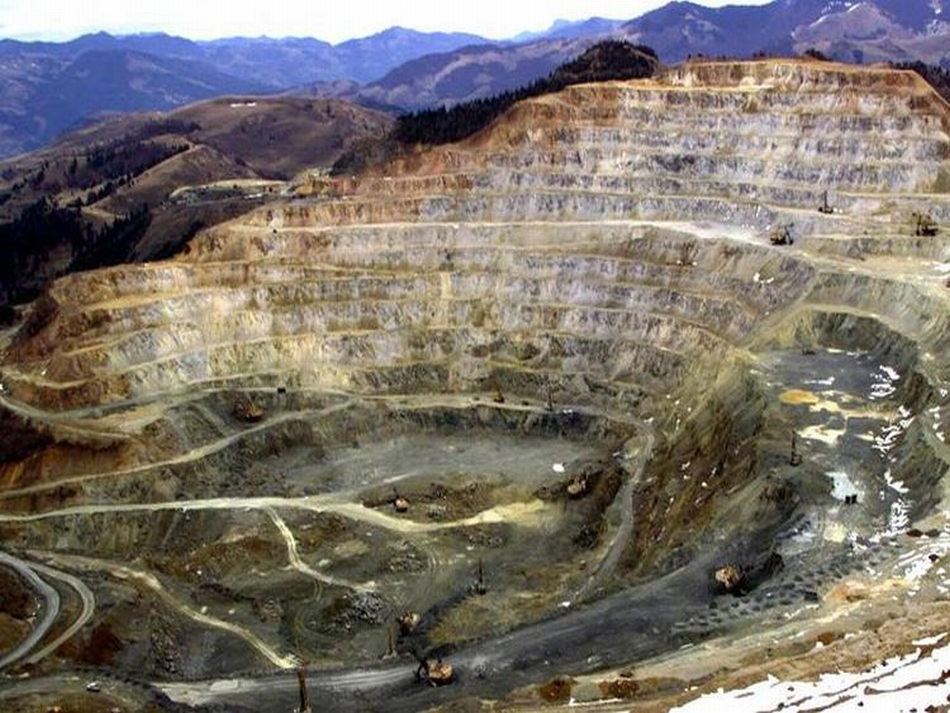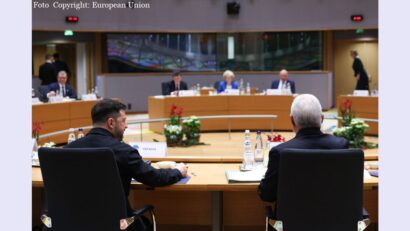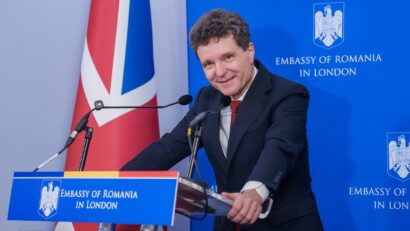The dilemmas of gold exploitation
The exploitation of the gold and silver reserves in Rosia Montana, in the centre, is a topical issue both for environmentalists and the authorities.

Florentin Căpitănescu, 06.09.2013, 12:37
For the timid environmental movement in Romania, the gold and silver mining project in Rosia Montana recently approved by the government is a good opportunity to step to the fore. The protests held over the last week by environmental campaigners, while limited in scale, have managed to draw attention to the project, which was first initiated in late 1990s.
The controversy surrounding it is mainly related to the technical procedure used in the mining process which involves cyanide, a substance which can irreversibly damage the environment according to the ecologists. Moreover, they insist on the fact that the Roman galleries in the region, seen as having outstanding archaeological importance, are also jeopardised.
The Government’s response focuses on the economic benefits entailed by the project. Given the economic difficulties of the past few years, these benefits are quite important: five billion euros would go to the public budgets, while several hundred jobs will be created for the locals. The Romanian government, which has recently renegotiated the contract with the Canadian company that will implement the mining project, has increased both royalties, from 4 to 6%, and its stake in the project, from 20 to 25%. Even so, things are not running smoothly for the government, which sent the bill to Parliament without first obtaining the approval of the Justice Ministry.
The bill itself runs counter to several articles in the Constitution and the expropriation laws, as the Ministry announced. Meanwhile, president Traian Basescu undertook to arbitrate the dispute between the environmentalists and the Government. Basescu suggested a national referendum to be held next year might settle the issue, and prime minister Victor Ponta seems to agree with him. If the project gets the green light, exploitation works will begin in late 2016 and conclude after 2030.






























